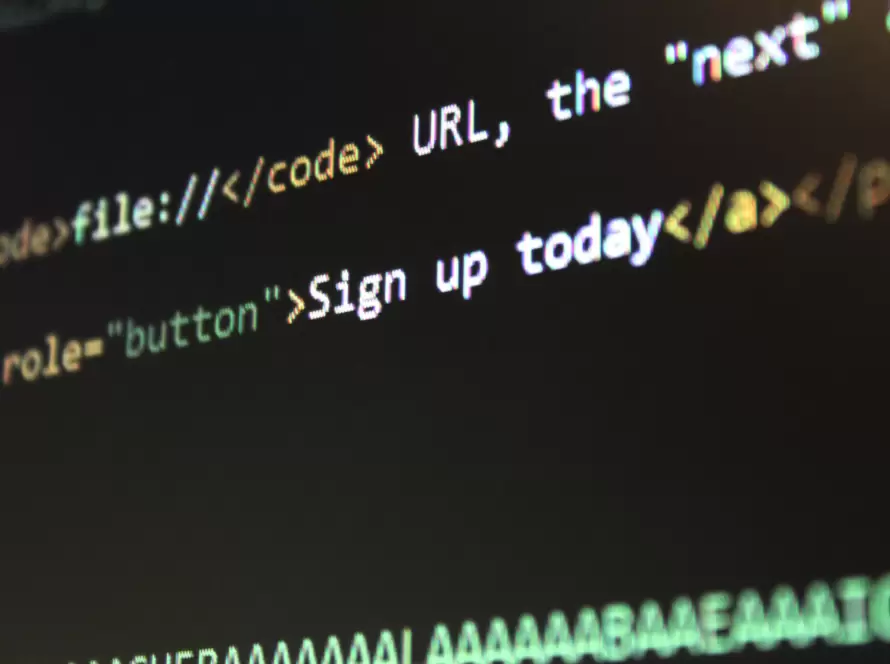Generated by Contentify AI

Key Takeaways
- CSS can be used to customize form styles
- Customizing form styles with CSS allows for unique designs
- CSS provides flexibility in styling form elements
In the world of web development, creating aesthetically pleasing forms that align with a website’s design theme is essential. One effective way to achieve this is by customizing form styles using CSS. CSS, which stands for Cascading Style Sheets, allows developers to tailor the appearance of forms to meet specific requirements, thus enhancing the user experience.
When customizing form styles with CSS, attention to detail is key. From selecting the right colors to defining appropriate spacing and typography, every element plays a crucial role in the overall visual appeal of the form. By utilizing CSS properties such as borders, background colors, padding, and margins, developers can fine-tune the look and feel of forms to seamlessly integrate them into the website’s design.
Moreover, CSS offers flexibility in terms of responsiveness, ensuring that customized form styles adapt flawlessly to different screen sizes. This responsiveness is crucial in today’s era of diverse devices and screen resolutions, as users access websites through various platforms. By employing media queries and responsive design techniques, developers can create forms that maintain their visual integrity across devices, delivering a consistent user experience.
In conclusion, customizing form styles with CSS empowers developers to create visually appealing, user-friendly forms that contribute to a website’s overall design cohesiveness. By harnessing the power of CSS properties and responsive design principles, developers can elevate the visual appeal and functionality of forms, enhancing the user experience and making a lasting impression on website visitors.



